What is Sinus Lifting?
The maxillary sinuses are air-filled cavities located above the upper back teeth and near the cheek area. When these upper back teeth are lost, bone volume in the area may decrease due to the sinus cavities expanding downward. This bone loss can cause difficulties for implant placement due to insufficient bone support.
Sinus lifting is a common bone augmentation procedure that increases bone tissue in these areas to enable successful and long-lasting implant treatment. It encourages new bone growth where bone is deficient, especially in the upper jaw’s posterior region.
Let us call you
Make an Appointment Now
You can get detailed information about your treatment plan by contacting our health consultants.
Before & After
Outstanding Results, Creating Beautiful Smiles
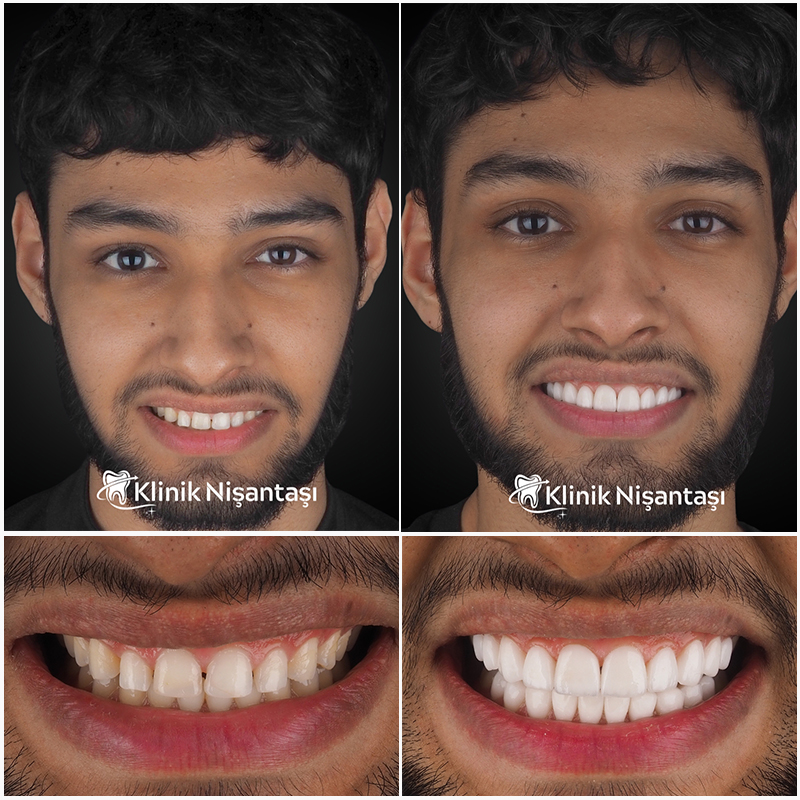
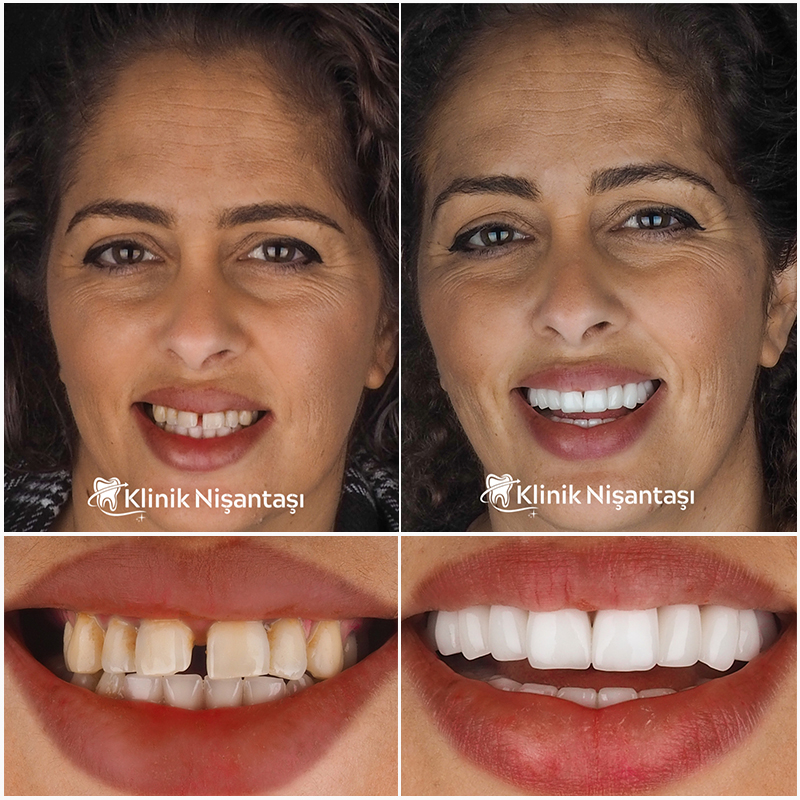
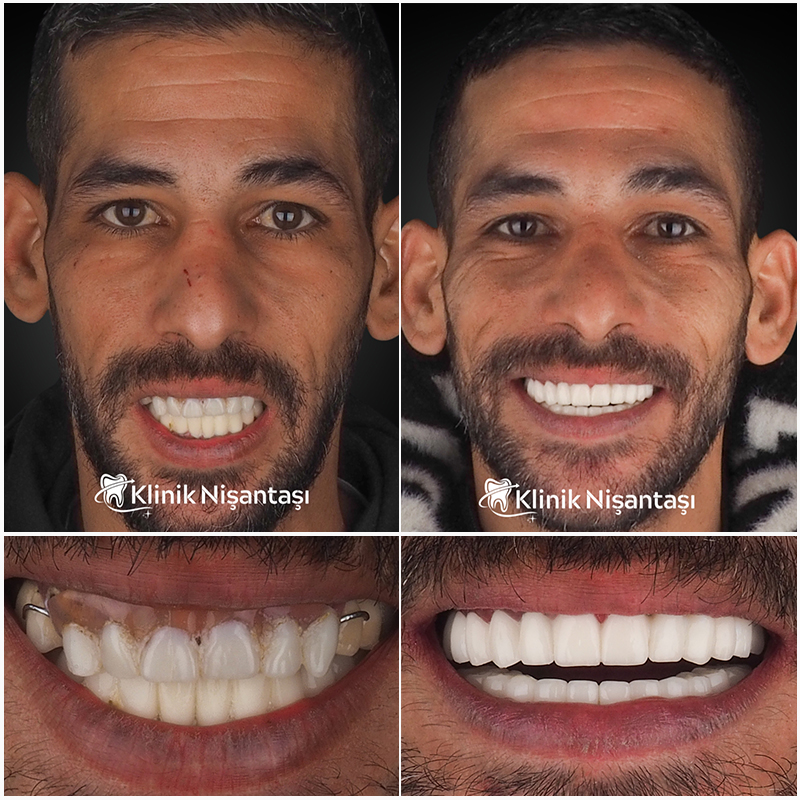
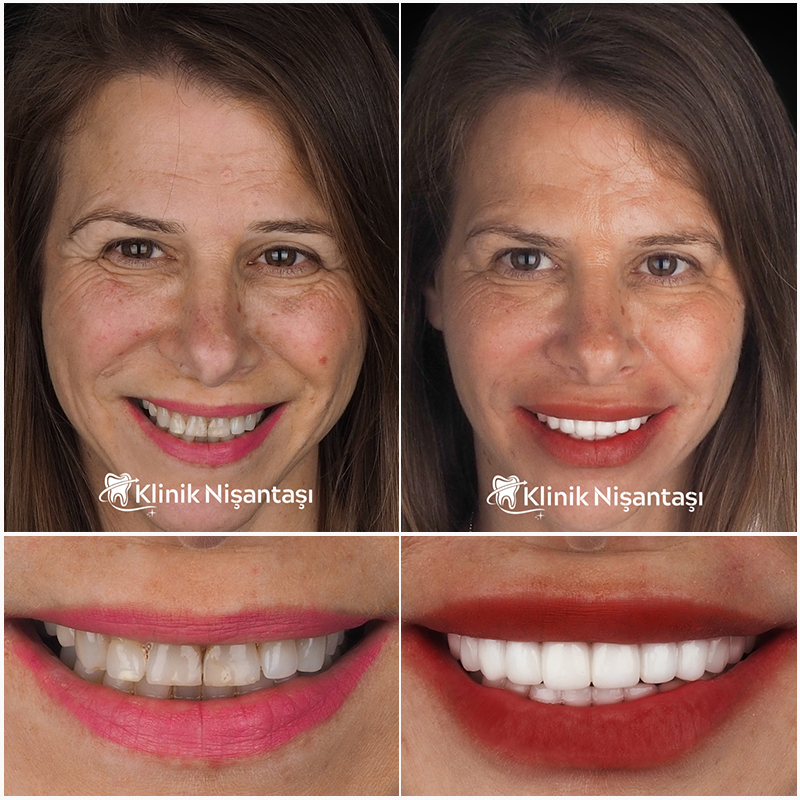

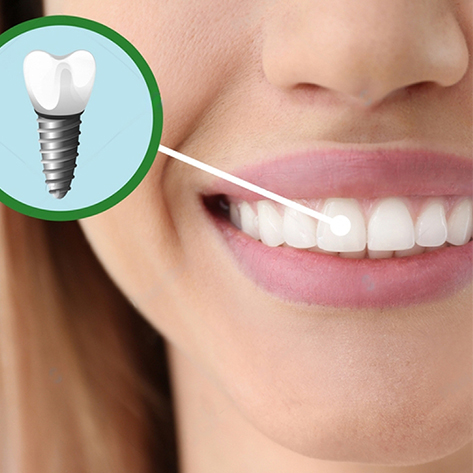
Sinus elevation surgery is typically done under local anesthesia in a dental clinic. The sinus membrane is gently lifted upwards, and bone graft material is placed into the space created. Over about 6 months, this graft fuses with the existing jawbone, preparing the site for implant placement.
- Maintain strict hygiene after surgery
- Avoid eating for 2 hours post-operation
- Refrain from smoking and alcohol until the wound heals
- Take prescribed antibiotics regularly and apply ice externally to reduce swelling
- For the first 24 hours, avoid spitting, consuming hot or spicy foods, and taking hot baths to prevent bleeding and support clot formation
- Keep your mouth open when sneezing and avoid applying pressure when blowing your nose
Patient Experiences
Hear What Our Patients Have to Say About Their Journey